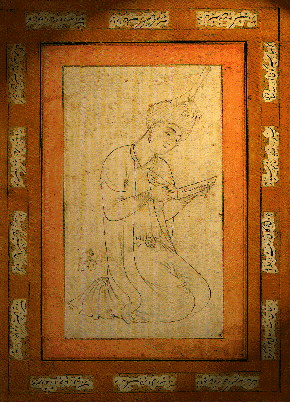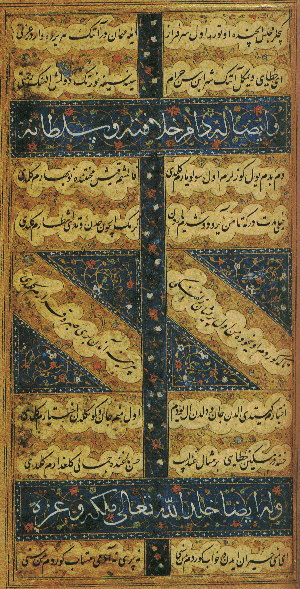
A Short History of
Arabic Literature
L'histoire de la littérature arabe

compiled by
Wolfgang Wiesner
Arabic literature in a general sense comprises all literature written in Arabic by Egyptians,
Turks, Persians, Syrians, Africans, and Jews, as well as Arabs.
The first significant Arabic literature was the lyric poetry of the 4th to 7th century, strongly
personal odes (QASIDAH) that treat tribal life and the themes of love, combat, and the chase.
The Prophet MUHAMMAD (7th century) was not interested in poetry, so with the rise of ISLAM,
Arabic poetry declined, replaced by the study of the QURAN.
The UMAYYAD court in DAMASCUS (661-750) patronized poets and musicians. It was also the scene
where that peculiar type of Arabic literature developed which is called ADAB. Adab is usually
translated as "belles-lettres," which is slightly misleading. This literature, at least in its
inception, was created to serve the practical end of educating the growing class of government
ministers in the Arabic language, manners and deportment, history, and statecraft. Works in
Sanskrit, Pahlavi, Greek, and Syriac began to find their way into Arabic at this time.
Literature again flourished in the Arabic-Persian culture of BAGHDAD in the 8th and 9th century
which was marked by the reign of the ABBASIDES (750-1258). By the 9th century, Arabic literature
had entered its classical age, the various genres already being defined - adab, history, Quranic
exegesis, geography, biography, poetry, satire, and many more. AL-JAHIZ was perhaps the greatest
stylist of the age, and one of the most original personalities. A group of young poets, including
ABU NUWAS, established a new, sophisticated court poetry; typical is the precise, formal, yet
exaggerated work of Mutanabbi (died in 965). In the work of later poets, such as HARIRI (11th
century), the style approached preciosity, and eventually the prose romance became the principal
literary form. The THOUSAND AND ONE NIGHTS is the greatest example of this genre, composed between
the 8th and 17th century by a multitude of artists that remained unknown.
During the Middle Ages MASUDI and IBN KHALDUN produced great works on history and geography, Al
Ghazali on theology and philosophy, and AVICENNA on medicine. The Arabic culture of Spain in the
Caliphate of Cordoba also produced fine poets and scholars, but they were dwarfed by the great
philosophers AVERROES and Ibn Tufayl.
After 1300 Arabic language and literature declined. Arabic gave way to local languages, and it
was not before the late 1800s that growing Western influence stimulated a nationalistic vernacular
literature in Syria and Egypt. Since then, the novel and drama have been adopted and developed, in
spite of a reaction against Western models in modern Arabic literature. Notable 20th-century writers
include the fiction writers Nagib MAHFUZ and Mahmud Tymur, the playwrights Ahmad Shawqi and Tawfiq
al-Hakim, and the poets Hafiz Ibrahim and Nazik al-Malaikah.



